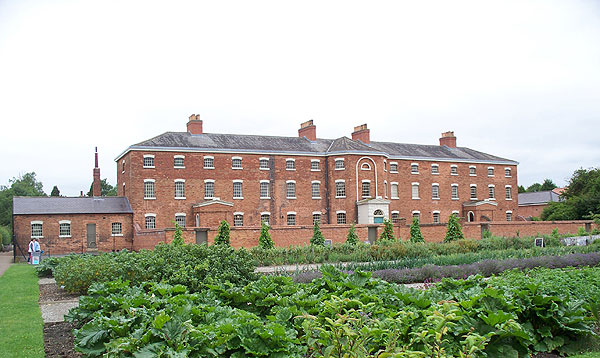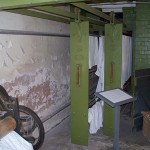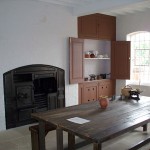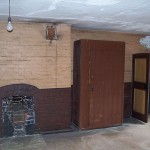
National Trust
By the 19th century, difficulties in administrating relief for the poor caused parishes who were responsible for poor relief to start adopting a new system. Instead of being helped in their homes, the poor requiring relief would be required to enter a workhouse where conditions were spartan and they might be required to work – or do without. The overt object of this was to discourage the poor from claiming.
Southwell was one of the pioneering parishes to adopt this scheme. It was championed by the Rev. John Thomas Becher, who wrote a pamphlet called The Antipauper System. The Southwell workhouse was founded in 1824.
This system was found to be much cheaper and was incorporated in the New Poor Act of 1834.
The Southwell workhouse was acquired by the National Trust in 1997, and is the most complete in existence. Various parts of the buildings have been restored to their original appearance.
The tour starts with a short video, then one can visit outbuildings at the back, before touring various rooms in the main block. Some rooms have been restored for displays, and a few are left unrestored. The centre of the block was the Master’s accommodation. Rooms contain displays of the conditions in the workhouse for the various categories of inmate – the able-bodied poor, the aged and disabled, and the itinerants.
This makes a most interesting visit. The problem of what to do about the deserving and ‘undeserving’ poor remains vexed to this day.



Skip to content
Author Kim J Cowie's travel blog
